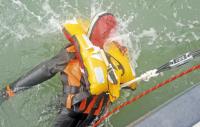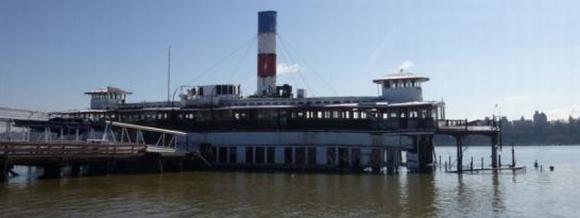 Yesterday, we posted about a project to recreate sailor’s grub from the 17th century. Food for sailors has improved dramatically in the last three hundred years. Or has it? The Naval Historical Foundation has a new blog titled CHOW which explores the history behind U.S. Navy culinary traditions. A recent blog post looks at creamed sliced beef on toast, a Navy and Army breakfast, served for breakfast and universally known as “S__t on a Shingle” or “S.O.S.”
Yesterday, we posted about a project to recreate sailor’s grub from the 17th century. Food for sailors has improved dramatically in the last three hundred years. Or has it? The Naval Historical Foundation has a new blog titled CHOW which explores the history behind U.S. Navy culinary traditions. A recent blog post looks at creamed sliced beef on toast, a Navy and Army breakfast, served for breakfast and universally known as “S__t on a Shingle” or “S.O.S.”
From their post: The exact origin of S.O.S. is fuzzy. According to Wentworth and Flexner’s 1967 Dictionary of American Slang, no specific origin is known. The dish, which consists of sliced dried beef mixed in a thick creamy gravy, appeared in military cookbooks at the start of the twentieth century. Some cooking sources, such as the online website “Seabee Cook,” claim the dish came from the Army. Steve Karoly, who authored an article on the subject, claims the “Army favorite” has become “the most popular version of SOS.” Some Navy veterans may disagree.

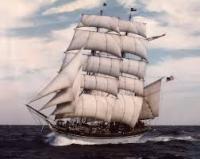 What we know of the diet of 17th-century sailors comes from written records — log entries, diaries, and journals. Most accounts say that it was pretty bad. Now, Grace Tsai, a Ph.D. student specializing in nautical archaeology at Texas A&M University, wants to investigate sailor’s grub, by recreating the food as accurately as possible.
What we know of the diet of 17th-century sailors comes from written records — log entries, diaries, and journals. Most accounts say that it was pretty bad. Now, Grace Tsai, a Ph.D. student specializing in nautical archaeology at Texas A&M University, wants to investigate sailor’s grub, by recreating the food as accurately as possible. 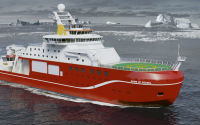 We previously
We previously 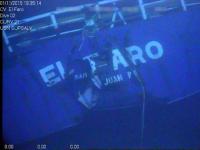 Last November, we posted that the National Transportation Safety Board (NTSB) had
Last November, we posted that the National Transportation Safety Board (NTSB) had 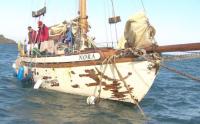 Steve Shapiro’s frequently rescued sailboat Nora, has been sold. In January,
Steve Shapiro’s frequently rescued sailboat Nora, has been sold. In January,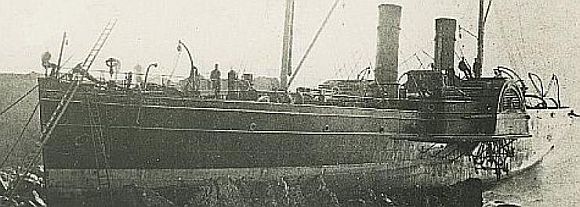 The Confederate blockade runner
The Confederate blockade runner 

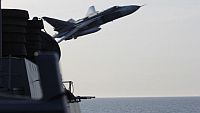 The Russians do not appear to like the US Navy operating ships in the Baltic Sea.
The Russians do not appear to like the US Navy operating ships in the Baltic Sea. 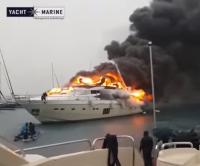 The headlines in the
The headlines in the  The Navy’s newest destroyer, the $7.5 billion
The Navy’s newest destroyer, the $7.5 billion 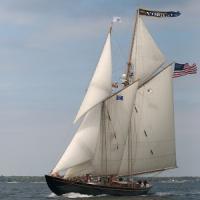 In the Summer of 2014, the schooner
In the Summer of 2014, the schooner  Captain Robert M. Cusick
Captain Robert M. Cusick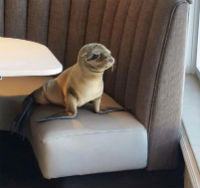 So, a sea lion pup wanders into a seafood restaurant and settles down in a booth ….. It sounds like the beginning of a bad joke, but
So, a sea lion pup wanders into a seafood restaurant and settles down in a booth ….. It sounds like the beginning of a bad joke, but 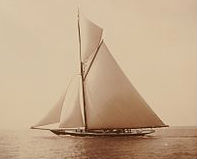

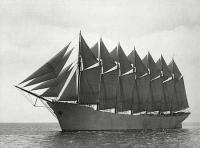 The seven-masted iron schooner
The seven-masted iron schooner 